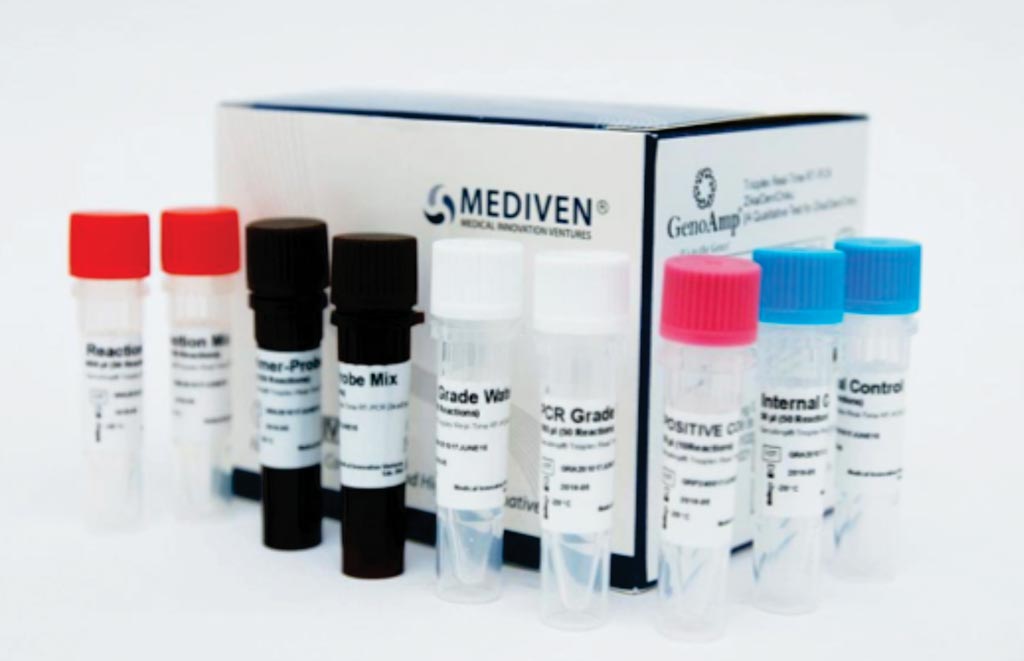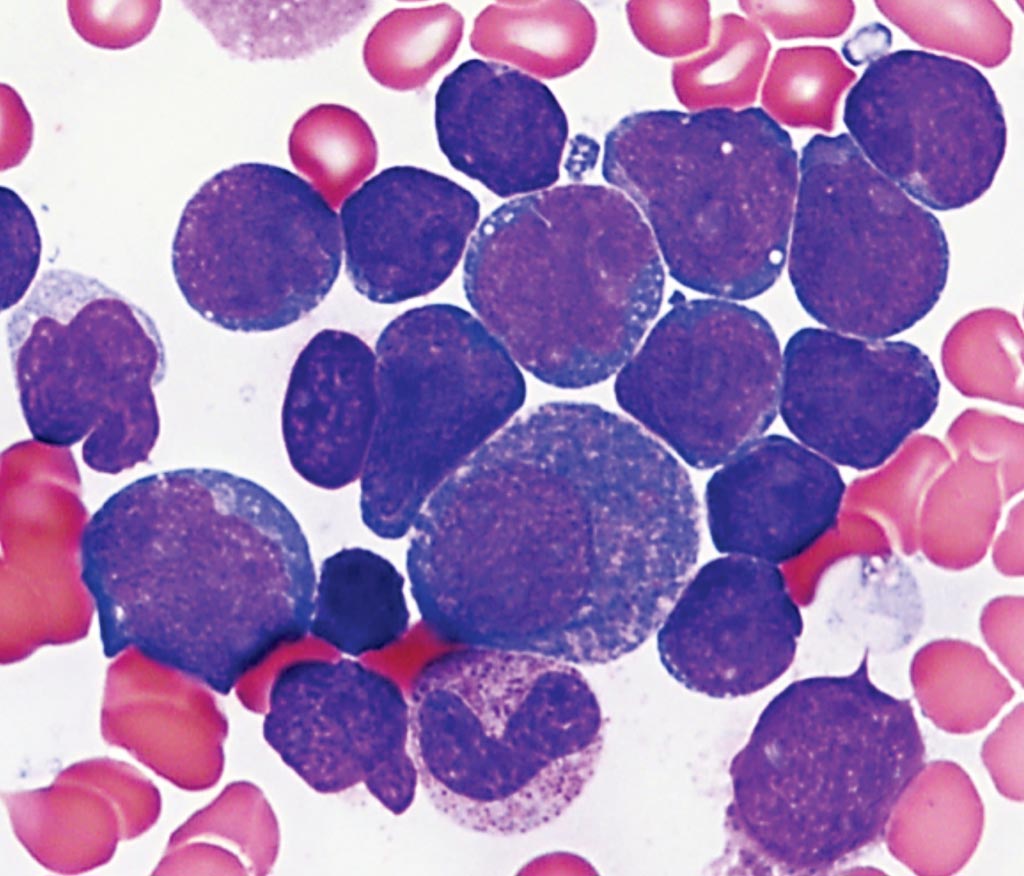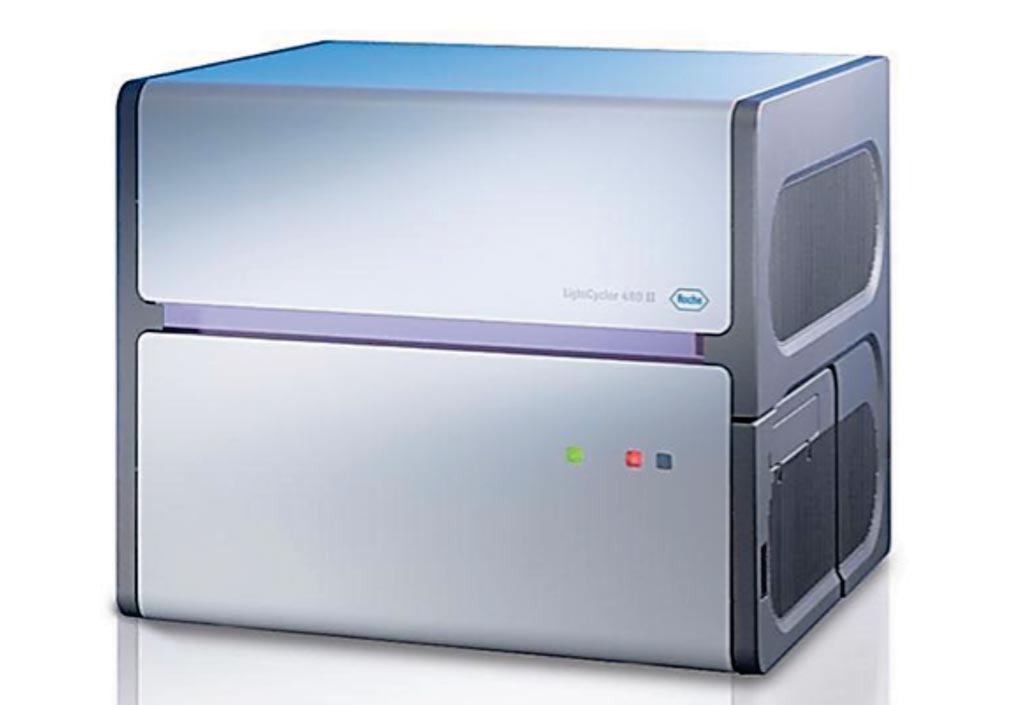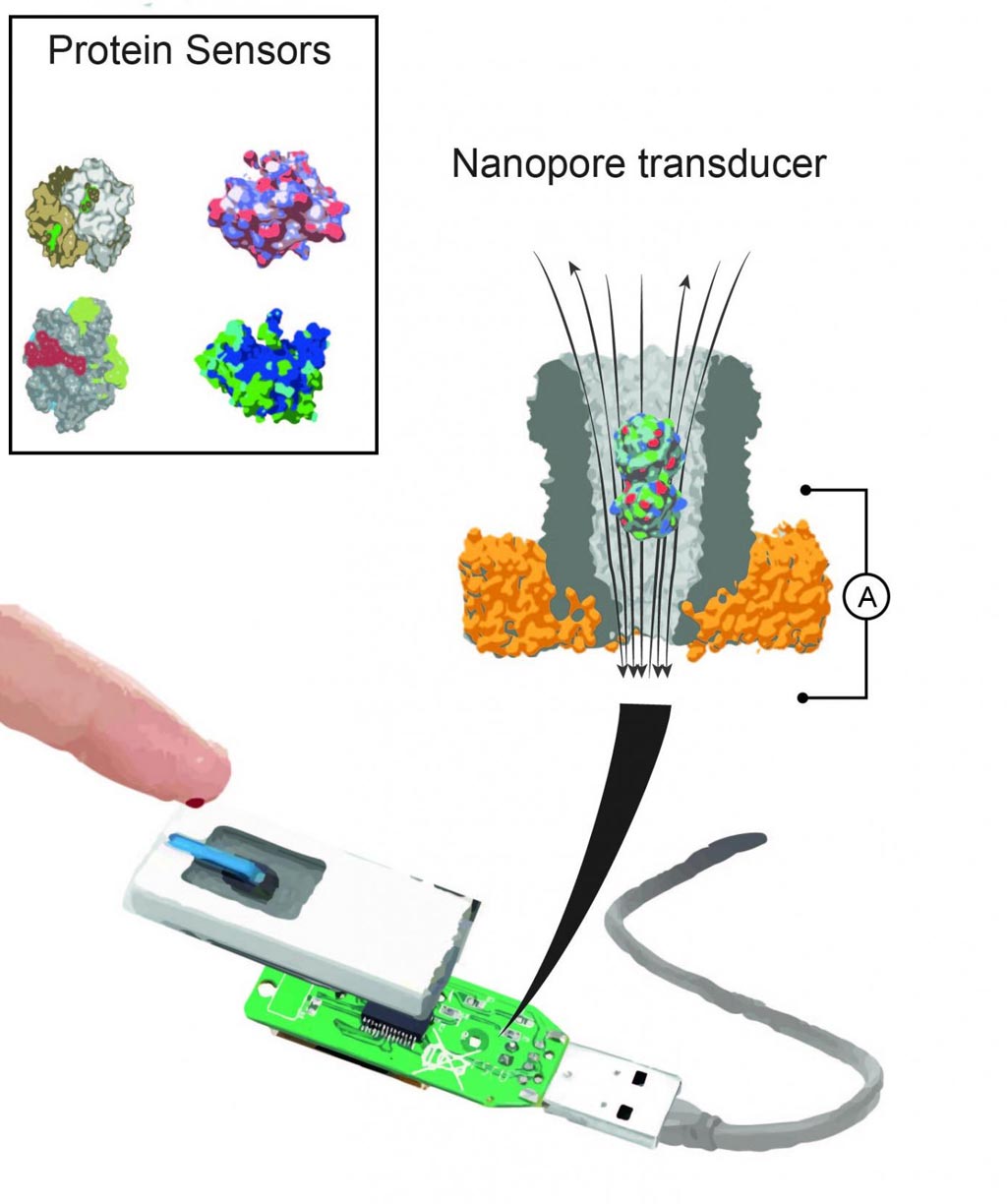Molecular Diagnostics

Study Shows Zika Virus Persists in Body Fluids
Although most Zika virus (ZIKV) infections are transmitted by infected mosquitoes, ZIKV transmission has been documented as occurring through sexual contact, blood transfusion, laboratory exposure, and both intrauterine and intrapartum transmission. More...18 Oct 2018



Novel Fecal Biomarker Found for Colorectal Cancer
Colorectal cancer (CRC) is a lethal disease that has been rising in incidence during recent decades, placing an increasingly important burden on the healthcare system worldwide and gut microbial dysbiosis contributes to the development of this deadly disease. More...17 Oct 2018



In Other News
Disease-Associated Variants in Genes Allow Early Diagnosis
New Gene Variants Associated with Chronic Back Pain
TB Sequencing Could Replace Drug Susceptibility Testing
Cancer Liquid Biopsy Assay Detects Low-Level Mutations
Pneumonia Diagnosed by Nanopore Sequencing of Sputum
Nanopore Sequencing Enables Outbreak Field Surveillance
Dementia Assay Gets Favorable Evaluation
Disease Progression Apprised by Post-Treatment Mutation Sequencing
DNA Test Predicts Risk of Leukemia Relapse
MALDI-TOF MS Used to Identify Pythiosis
Determining Fibrosis Stage in Non-Alcoholic Fatty Liver Disease
Biomarkers Measured for Early Detection of Huntington's Disease
Targeted Sequencing Approach for Sarcoma Gene Fusions Validated
New mRNA Cancer Drivers Revealed in Chronic Lymphocytic Leukemia
Elevated Gene Expression Correlates with Prostate Cancer Severity
Breast and Ovarian Cancers Associated with Predisposition Genes
Unexplained Illness Puts Pathogen Discovery to Test
Blood Test Predicts Lymphoma Therapy Success
Analysis of Nasal Polyps Suggests Mechanisms of Inflammation
New Test Predicts Potential Success of BCG Immunotherapy for Bladder Cancer
Rapid Method Suggested for Diagnosis of DVT
Multi-Omics Approach Guides Relapsed Multiple Myeloma Treatment
Whole-Genome Sequencing Diagnoses Early Infantile Epileptic Encephalopathy
Genetic Testing channel of LabMedica brings the latest in molecular genetics, cytogenetics, and epigenetics, and methods from PCR to FISH, and more.











